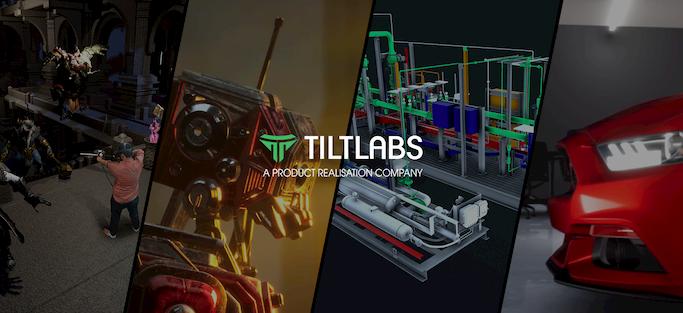
In this series, we explore the fundamentals of 3D Modeling with Real-Time rendering technologies for use cases in the Enterprise sector and the Entertainment sector.
This is the first in the list of talks from the Team at TILTLABS. This article will be in two parts, with the first part dealing with Industrial Modelling and efficient methods to streamline production and app development.
Game Engines have come a long way overcoming a lot of constraints; at its present state, it is a fully functional software suite that enables both enterprises and content creators to create a whole segment of applications. The growth and extent of its use has also increased exponentially in the past few years ever since the advancements in real-time rendering and XR (Extended Reality- AR, VR, MR).
At TILTLABS we have two separate divisions that utilize the power of game engines- our Enterprise segment and our Entertainment segment. Our enterprise segment consists of a team of developers and digital artists that recreate interactive scenarios that can be used as training simulations for a variety of purposes.
This is simply the process of creating a three-dimensional object inside of a simulated software. These objects consist of polygons — this is one triangle when coupled together forming a complete 3D model.
Digital artists come in various forms these days. We have 2D artists who provide concepts and illustrations, and then we have 3D artists who transfer these concepts to 3D models which can then be used in Game Engines for games or any other interactive simulations.
Depending on the type of realism of the model that you want to achieve 3D artists usually swap between high poly and low poly models. These terms are self-explanatory — a high poly model consists of a higher polycount and a low poly model consists of a lower poly count. Even though high poly models look and feel better without an optimized workflow this would create issues when importing into a game engine.
In this image, we wanted to create an interactive tour of an apartment complex. The first step in this process was to conceptualize the app’s flow and create a customer journey. Using these story boards our 3D artists were able to re-create the models in its most basic form so that developers could get a quick start with integrating them directly into the app for testing.
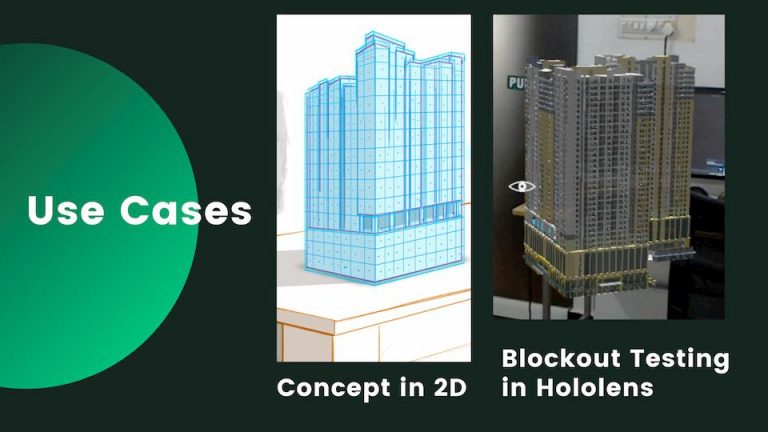
Render and export times can be affected by a lot of different factors especially if the art assets used aren’t optimized for a specific workflow. This is why it is crucial that artists collaborate with each other during every step to avoid constant iterations.
Simply put, texturing is the process of applying depth by adding colors and details to a 3D model. Like modeling, texturing for use in a game engine is pretty much similar to other mediums but there are some rules of thumbs to follow.
At TILTLABS we build enterprise applications mainly in AR, VR, and MR. Our notable expertise lies with factually recreating products in the digital space so that a common person can interact with it and receive instant feedback. We’ve noticed that building AR applications is the best way to achieve this.
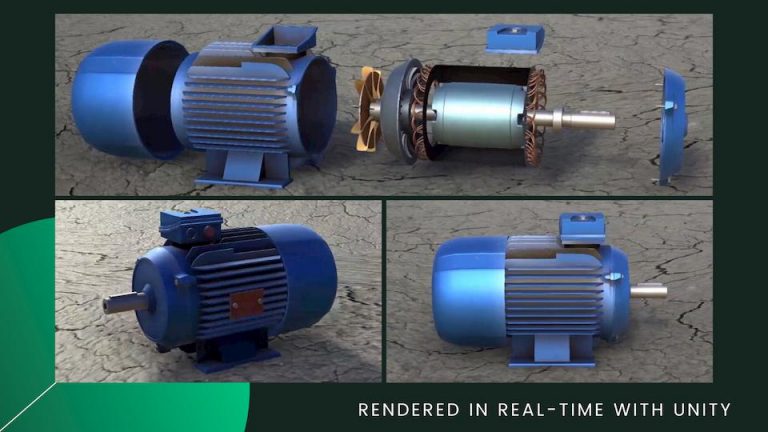
The most important part to remember when modeling industrial equipments is that showcasing its functionalities is more important than the asset’s story.
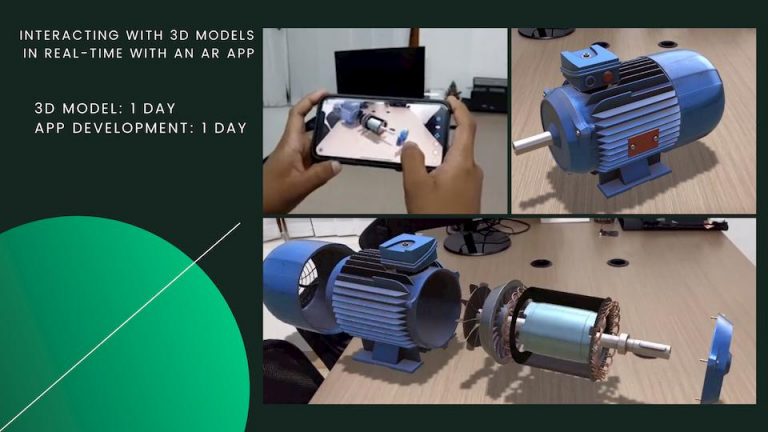
Delivering applications in the enterprise segment requires a quick turnover as the needs of the client can vary frequently. This is why it is important to adopt a flexible pipeline in asset creation so that apps can be developed and tested faster.
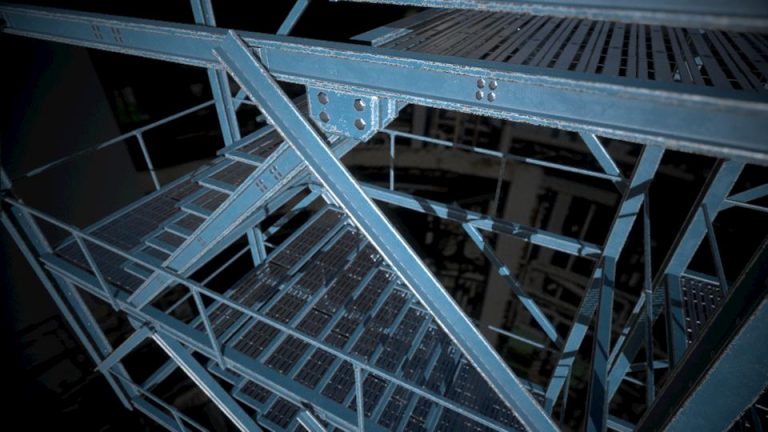
The most important part to remember when modeling industrial equipments is that showcasing its functionalities is more important than the asset’s story.
The above image is from an application, to develop demonstrating a walkthrough for an industrial plant in the 3D Model. The main challenge we faced here was recreating the model to actual scale, i.e, modeling a plant and its assets in real-world scale. Usually, when undertaking a project the main challenges to overcome are:
In an interactive environment, we have the freedom to define where all a user can move and what all they can interact with. Keeping this in mind, it is simple to focus on key-areas in the environment where we know the user will look in detail and where the user won’t look at.
A perfect solution for this was to create modular pieces from references and use artists to assemble them individually. This makes sure that the art style is consistent and the time frame doesn’t increase.
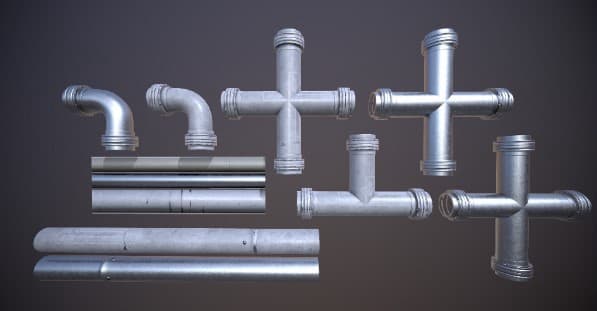
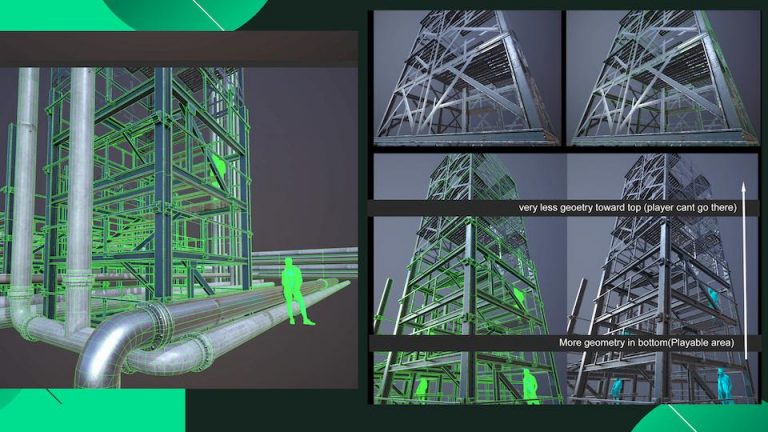
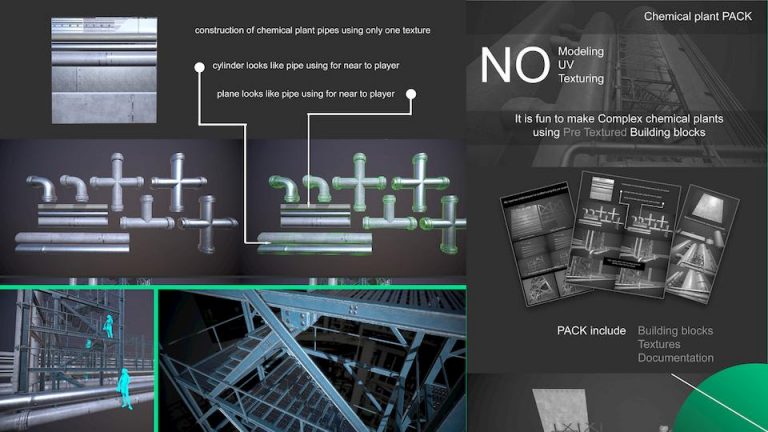
TILTLABS is a product realization company that operates mainly Metaverse, XR & Mobility, Virtual Production, Games & Gamification, Blockchain, and NFT. We specialize in using emerging technologies to create interactive, intuitive, and immersive experiences that really matter.
Ground Floor
Carnival Technopark,
Technopark Campus
Thiruvananthapuram- 695581
Kerala, India
[email protected]
+91 471 4050401
© TILTLABS. All rights reserved